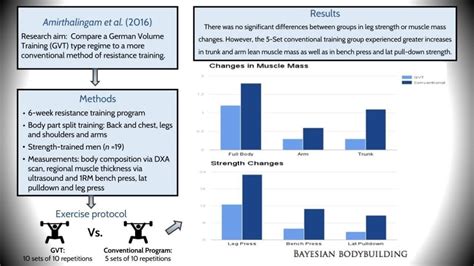How to crush strength plateaus for consistent peak performance?

Every fitness enthusiast eventually faces a frustrating wall: the strength plateau. You’ve been consistently training, pushing hard, yet your lifts aren’t increasing, and your performance feels stagnant. This isn’t just a physical hurdle; it’s a mental one that can derail motivation. But breaking through these plateaus isn’t about working harder; it’s about working smarter. This article will equip you with actionable strategies to reignite your progress and sustain peak performance.
Understanding the Strength Plateau
Before we can smash through a plateau, we need to understand why it happens. Often, your body adapts to the demands you place on it. If the stimulus remains constant, the adaptation stops. Common culprits include insufficient recovery, improper nutrition, overtraining, lack of variety in exercises, or simply neglecting other forms of progressive overload beyond adding weight.

1. Re-evaluating Progressive Overload
Most people associate progressive overload solely with adding more weight to the bar. While crucial, it’s just one facet. To truly crush plateaus, you must explore other avenues:
- Increase Volume: More sets or reps at the same weight.
- Increase Frequency: Training a muscle group more often.
- Improve Technique: More efficient movement allows for heavier loads or more reps.
- Decrease Rest Times: Maintain performance with shorter breaks between sets.
- Increase Time Under Tension (TUT): Slower eccentrics or paused reps make the same weight feel heavier.
Experiment with these variables to provide new stimuli to your muscles, forcing them to adapt and grow stronger.

2. The Power of Deloads and Active Recovery
Sometimes, your body simply needs a break. Consistent, high-intensity training accumulates fatigue in your central nervous system (CNS) and muscular tissues. A strategic deload week, where you significantly reduce volume and/or intensity, allows your body to recover, repair, and come back stronger. Active recovery, like light cardio, stretching, or foam rolling, also aids blood flow and reduces soreness without adding significant stress.

3. Introduce Training Variation and Periodization
Sticking to the same exercises and rep schemes indefinitely will inevitably lead to stagnation. Introduce variation by:
- Swapping Exercises: If your bench press is stuck, try dumbbell presses, dips, or floor presses for a few weeks.
- Altering Rep Ranges: Cycle between strength (low reps, high weight), hypertrophy (moderate reps, moderate weight), and endurance (high reps, low weight) phases.
- Using Different Tools: Incorporate resistance bands, chains, or different barbells (e.g., safety squat bar) to challenge movements differently.
- Periodization: Structure your training into blocks with specific goals (e.g., a strength block followed by a hypertrophy block).
These changes prevent adaptation and continuously challenge your muscles in novel ways.

4. Optimize Your Fuel and Rest
Training breaks down muscle; nutrition and sleep build it back up. Are you consuming enough protein to repair and grow muscle? Are your calories sufficient to fuel intense workouts and recovery? Hydration is also paramount. Furthermore, quality sleep (7-9 hours) is when most muscle repair and hormone regulation occur. Neglecting these foundational elements will make breaking plateaus an uphill battle.
5. Cultivate a Resilient Mindset and Track Progress
Breaking a plateau isn’t just physical; it’s mental. Stay patient, consistent, and believe in your ability to adapt. Keep a detailed training log. This allows you to identify what strategies work, track small improvements (even if the main lift isn’t moving), and stay motivated by seeing your long-term progress. Celebrate the small victories.

Conclusion
Strength plateaus are an inevitable part of the fitness journey, but they are not impassable barriers. By strategically re-evaluating progressive overload, incorporating deloads, varying your training, optimizing recovery, and maintaining a resilient mindset, you can consistently break through these walls. Remember, progress isn’t linear, but with smart training and dedication, consistent peak performance is well within your reach.






